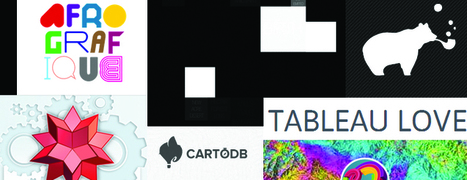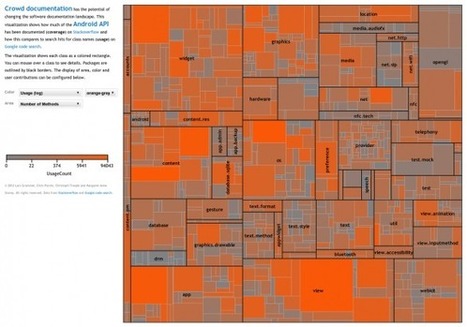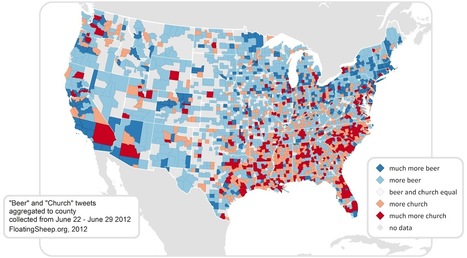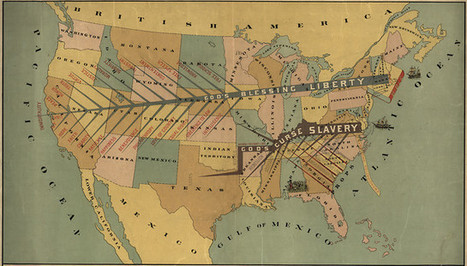It's been an eventful year for cartography.
Development and disaster continue to mold the physical world, but for mapmakers, keeping up with geographic changes is busy work -- a tweaked direction here, a freeway exit there. It's very important busy work, as we learned this September when Apple reminded us not to take a good map for granted.
The intersection of geography and data, though, is just beginning to fill out. Together with interactive functions like sliders, timelines, and embedded information, the best new maps resemble Rand McNally's about as much as movies look like photographs. Creating an accurate representation of geography and infrastructure is only the tip of the iceberg.
What happens when you integrate statistics about rising seas, gang affiliations, metaphors and beer?
A whole new understanding of the way the world works. And some pretty sweet maps. Without further ado, the top favorite maps of the year...
(visit the article link for the maps and associated links)
Via
Lauren Moss



 Your new post is loading...
Your new post is loading...













